Chinese New Year is a special occasion where people come together to celebrate the beginning of a new year with many unique customs. The customs of celebrating Lunar New Year in China not only show respect to ancestors but also create an opportunity for families to gather together. Each ritual and activity has a deep meaning, connecting people and welcoming a year full of happiness.
1. Worshiping the Kitchen Gods
Little New Year according to Chinese customs (Photo source: Collected)
The customs of celebrating Lunar New Year in China always have unique features and deep meanings, notably the custom of sending the Kitchen Gods to heaven on the occasion of Xiaonian, about a week before the main New Year. The Chinese believe that the Kitchen Gods are the gods of the kitchen, and every year, he will go to heaven to report to the Jade Emperor about everything that happens in the family. In the North, the ceremony takes place on the 23rd of the twelfth lunar month, and in the South, on the 24th.
During the Tao Quan farewell ceremony, people prepare a tray of sweets such as maltose candy, steamed buns, bean porridge, and Guandong popcorn, symbolizing blessings, hoping that the Kitchen God will only say good things when reporting. After finishing, they stick a picture of the new Kitchen God next to the stove, welcoming the god back to continue protecting the family, starting a new year of peace and happiness.
2. Clean and decorate the house
Cleaning the house to welcome Tet brings good luck for the new year (Photo source: Collected)
The Chinese New Year celebration is a cultural and spiritual journey, marked by profound rituals and traditions. About half a month before the festival, people are busy preparing to buy food, clothes, and household items. On December 23, families begin a thorough cleaning of their homes, believing that a thorough cleaning will help drive away old things, welcome good luck, and make a new beginning. The atmosphere of cleaning is filled with excitement, from inside the house to the yard, every little corner is taken care of.
In addition to cleaning, home decoration also plays an important role. Red and gold – symbols of luck and prosperity – are abundant in decorations such as lanterns, parallel sentences, and blessing paintings, making the space more cozy and bright. These features not only create a hopeful spring atmosphere, but also preserve the beauty of ancient Chinese culture.
3. Stick the door guardian, the word "Phuc" upside down
Long-standing traditional customs of the Chinese people (Photo source: Collected)
The customs of celebrating Lunar New Year in China are imbued with traditional colors, connecting people with the wishes of peace, luck, and happiness. One of the unique customs is to paste the image of the door guardian god - two majestic gods, holding weapons, standing guarding the main door, bringing peace and warding off bad luck. The bright red color of the drawings symbolizes luck and happiness, adding to the Tet atmosphere.
In addition, the upside-down “Phuc” character is also a symbol of hope and blessing. It is believed that the reversed “Phuc” character will turn into “Phuc comes to the house.” These customs are not only cultural beauty, but also convey good wishes for a new year filled with joy and prosperity.
4. Hanging parallel sentences and Tet paintings
The custom of celebrating Lunar New Year in China is characterized by unique rituals, especially the custom of hanging New Year paintings and spring couplets. New Year paintings, usually hung in front of the door or on the wall, originate from the ancient tradition of worshiping the door god, originally intended to ward off evil spirits but gradually became a symbol of joy, creating a vibrant, spring-filled atmosphere.
Along with Tet paintings, spring parallel sentences are an indispensable cultural feature every time Tet comes. Originating from the Song Dynasty, parallel sentences were originally written on peach wood to ward off evil spirits and convey good wishes. Later, Chinese people wrote parallel sentences on red paper and pasted them on both sides of the entrance door with the wish for a peaceful and auspicious new year.
5. Celebrate New Year's Eve and gather with family
Tet is an occasion for family members to gather together (Photo source: Collected)
Chinese New Year brings a warm, bright and colorful atmosphere of family reunion. On New Year’s Eve, family members from all over return to gather around a “reunion dinner” - a traditional meal filled with meaning, where each dish is a wish for good luck in the new year. This is the sacred beauty of the Chinese New Year custom, where every moment of reunion becomes more precious than ever.
6. Fireworks
Brilliant fireworks on Chinese New Year (Photo source: Collected)
The customs of celebrating Lunar New Year in China are always traditional and have special meanings, one of the indispensable features is the ritual of setting off firecrackers. When opening the door to welcome spring, Chinese people often set off firecrackers with the wish to say goodbye to the old and welcome the new, creating a bustling sound, signaling a lucky and auspicious start.
This custom has a history of more than 2,000 years, performed on all important occasions, from festivals to weddings, promotions. However, for safety reasons, the custom of setting off firecrackers has now been restricted in many places, but its vitality and meaning have not faded in the Chinese New Year culture. Instead, there are brilliant and bustling fireworks displays in the sky at the moment of transition from the old year to the new year.
7. Drinking alcohol
Chinese New Year is associated with the custom of drinking Tusu wine – a wine made from the Tusu tree, which is said to have been created by the famous physician Hua Tuo of the Han Dynasty and developed by Sun Simiao of the Tang Dynasty. On New Year’s Eve, people mix wine with medicine and drink it from children to adults, with the meaning of “the young add years to life, the old give way to age.” This custom is both a disease prevention measure and a meaningful wish for good health at the beginning of the year.
8. Watch lion dance, dragon dance
Lion and dragon dances are extremely bustling during Tet (Photo source: Collected)
The Chinese New Year is marked by traditional customs such as lion dances and dragon dances, which symbolize luck and fortune. The dragon, a mythical creature that summons wind and rain, has been revered since the Han Dynasty, bringing an exciting atmosphere to the festive season. The lion dance, also known as the lion dance in the North, also contributes to the lively atmosphere of the New Year with its skillful movements and vibrant colors.
9. Giving lucky money and red envelopes
Indispensable traditional customs of Chinese New Year (Photo source: Collected)
Chinese New Year customs often see red envelopes being given, symbolizing good luck and happiness. After the New Year’s Eve feast, adults will give lucky money to children, not only to bless them but also to ward off evil spirits.
Red envelopes, containing cash, usually in odd denominations, symbolize peace and prosperity. Although there have been many changes, this custom still retains profound cultural value, connecting love between generations and becoming a beautiful tradition that needs to be preserved in the hearts of the Chinese people.
10. Wear red clothes on Tet holiday
The concept of wearing red clothes to bring good luck on Tet (Photo source: Collected)
The customs of celebrating Lunar New Year in China bring a colorful and meaningful picture, most notably the tradition of wearing red. Red, symbolizing luck, happiness and prosperity, becomes the top choice for all ages during this festival. From children to the elderly, everyone is excited to wear bright red outfits, from clothes to shoes, as a way to pray for a new year full of health and well-being.
11. Happy New Year to relatives and friends
Chinese New Year customs create a warm and colorful atmosphere on the first day of the new year. On the first morning, people wake up early, put on new clothes and go out to visit relatives and friends, exchanging good wishes. From wishing good health to the elderly to giving red envelopes to children, every action is meaningful.
Chinese people often bring candy and fruit when visiting homes, creating a joyful and family-friendly atmosphere. These days are not only a time for congratulations but also an opportunity for people to gather, share joy and hope for a peaceful and prosperous new year.
12. Enjoy traditional Tet dishes
Tet is an occasion to enjoy typical dishes with family (Photo source: Collected)
On Chinese New Year, every household prepares traditional dishes, with wishes for a good new year. Special dishes such as dumplings, rice cakes, whole fish… all express the wish for fulfillment, prosperity, and happiness.
In the North, dumplings symbolize harmony, and some people even put coins in them as a symbol of good luck for the whole year. In the South, sweet rice cakes are popular, symbolizing a prosperous life. New Year's Eve is also special because of the custom of staying up late and lighting fires, lighting up the whole house to welcome fortune in the coming year.
13. Go to the temple to pray for blessings at the beginning of the year
Going to the temple at the beginning of the year is a prominent custom of the Chinese (Photo source: Collected)
During the first days of the new year, praying for blessings is one of the prominent customs, showing respect to gods and Buddha, where people pray for protection for their families in the new year. At this time, people often burn incense, offer gifts such as fruits and gold coins, as well as ask for the word "blessing" to stick on the door of their house, bringing hope for luck.
14. Participate in temple festivals and fire festivals
Traveling to China this time, visitors can not only immerse themselves in the bustling festival atmosphere but also experience the colorful customs of celebrating the Lunar New Year in China. Village and temple festivals become highlights, where people participate in solemn ceremonies and immerse themselves in exciting entertainment activities. Visiting temple festivals with relatives is a traditional feature that brings the opportunity to pray for peace and blessings. Along with that, the festival fire with lively dragon and lion dances is not only a ritual but also makes the Tet atmosphere more bustling.
15. Participate in the lantern festival
The brilliant lantern festival marks the last day of Tet (Photo source: Collected)
The Chinese New Year celebration is highlighted by the Lantern Festival, which takes place on the 15th day of the first lunar month, marking the last day of the festival. On this occasion, people bustle about carrying lanterns of all shapes and colors into the streets, creating a sparkling, lively atmosphere.
The lantern festival is not only an opportunity to admire the beauty of the lanterns but also a joyful festival, attracting a large number of locals and tourists. People chat together, wish each other good things for the new year, and participate in traditional activities such as boat racing and enjoying banh troi.
The moment of transition between the old year and the new year brings a brilliant and vibrant beauty. The unique customs of celebrating Lunar New Year in China, from lion dances to family parties filled with laughter, will make you feel the soul of ancient culture. Let Vietravel accompany you on the journey to discover that beauty.
Source: https://www.vietravel.com/vn/am-thuc-kham-pha/phong-tuc-don-tet-nguyen-dan-o-trung-quoc-v15950.aspx


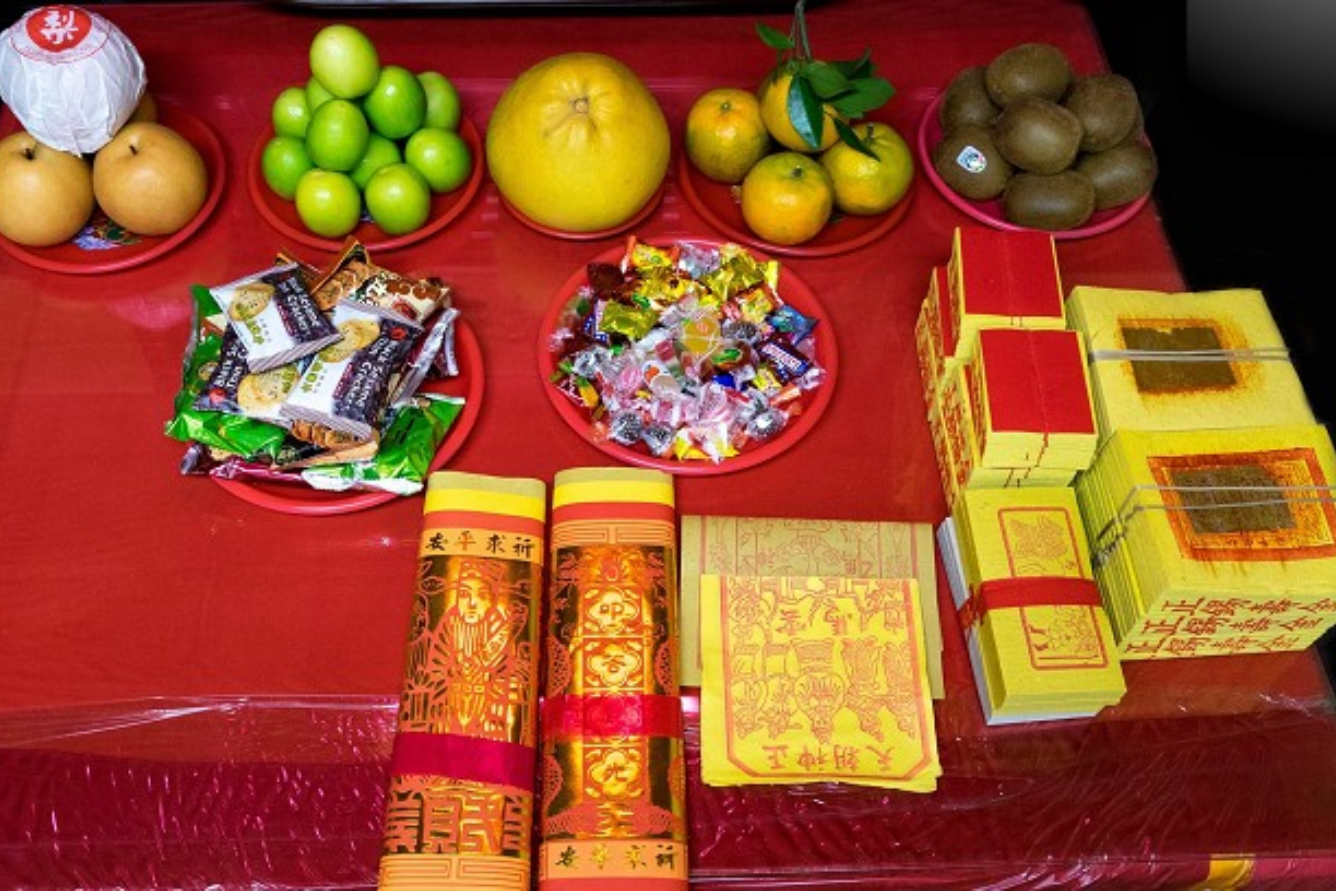
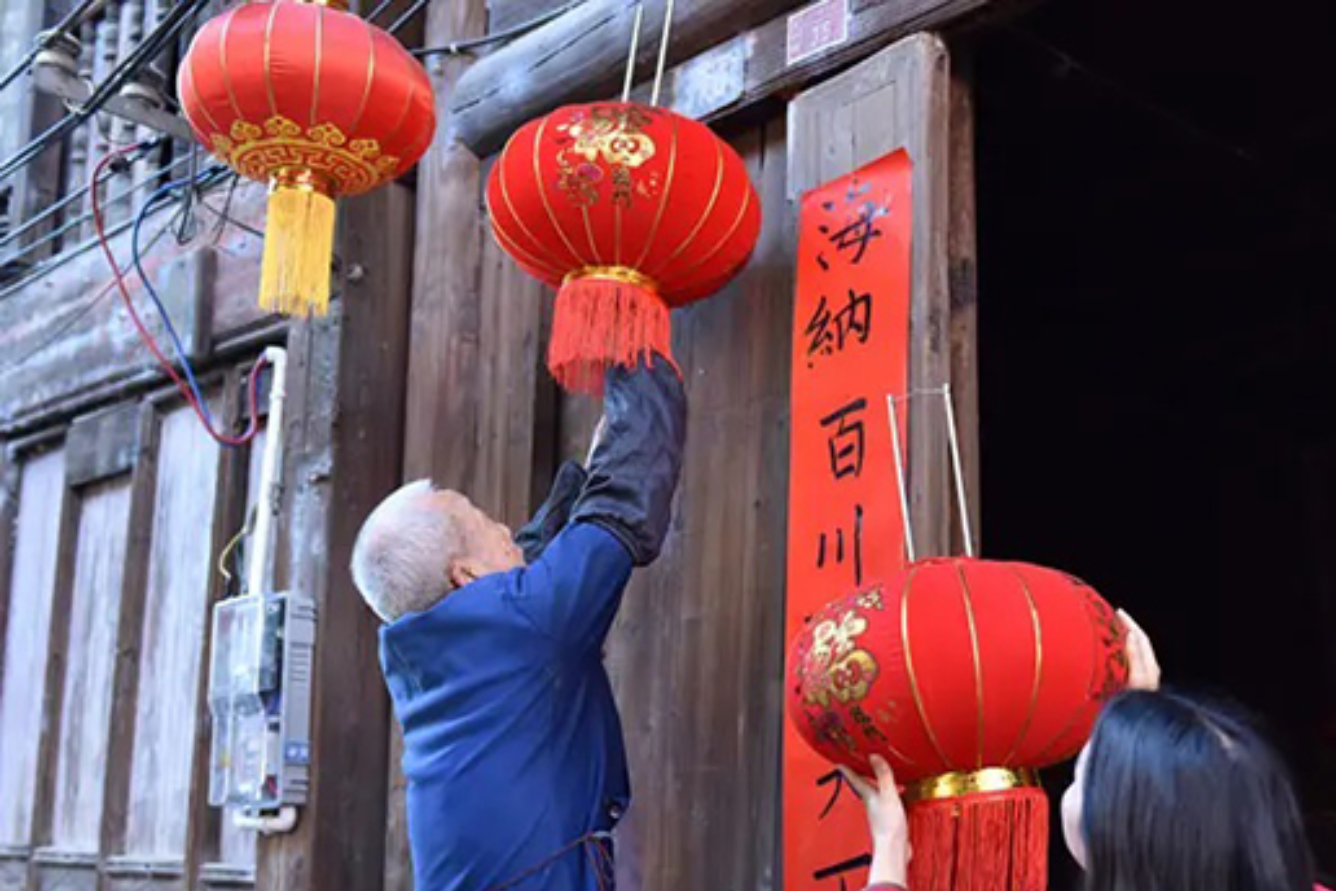

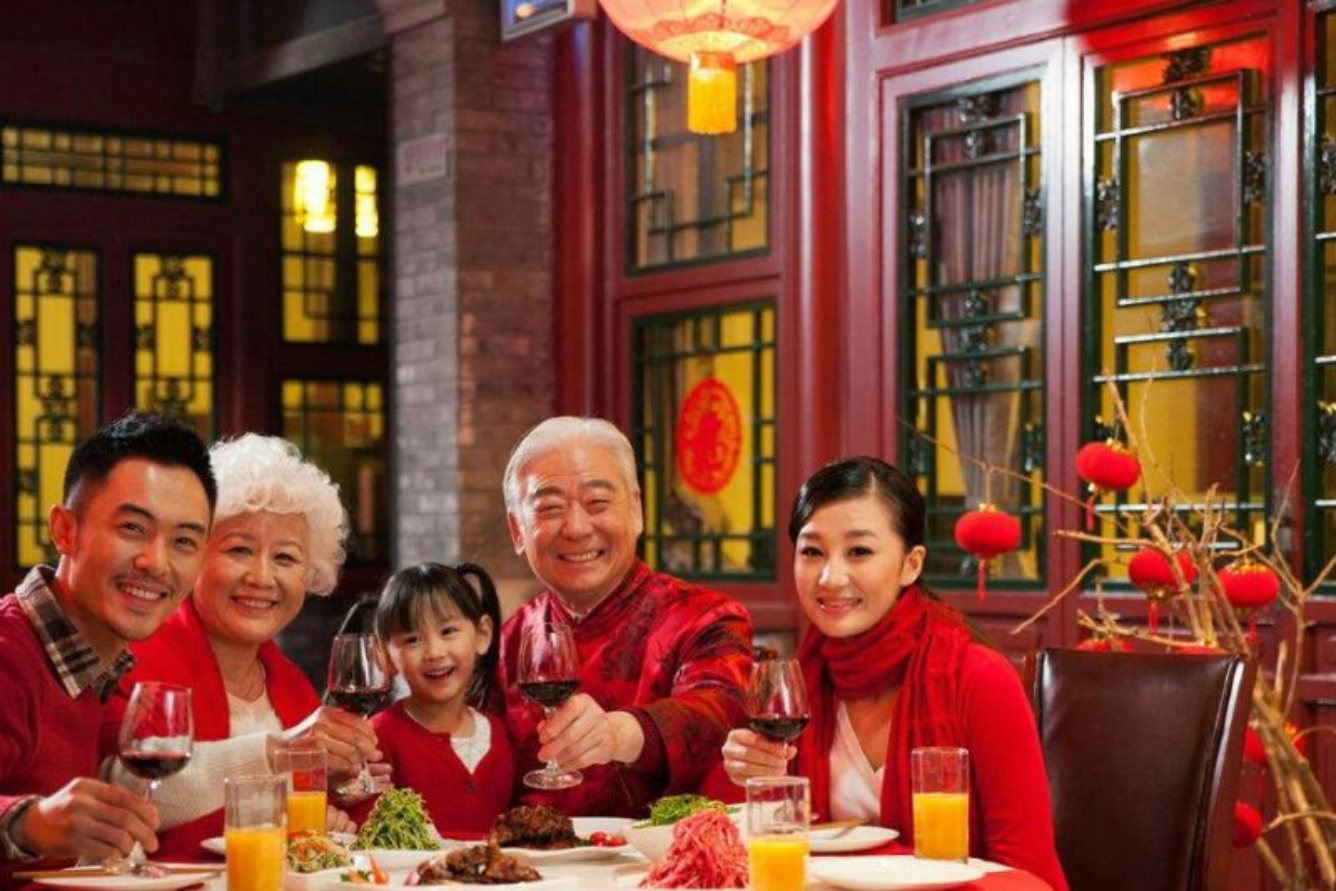

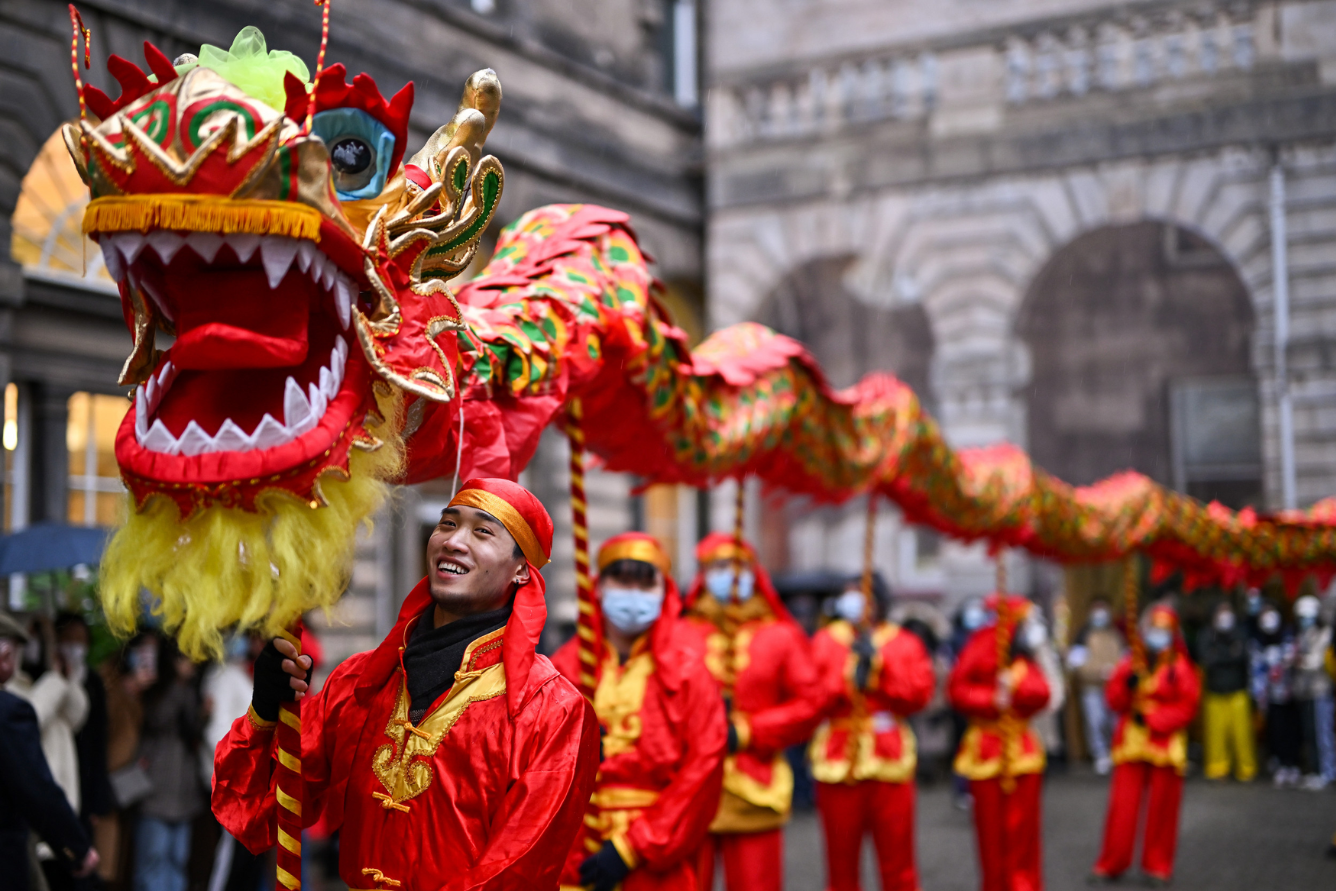
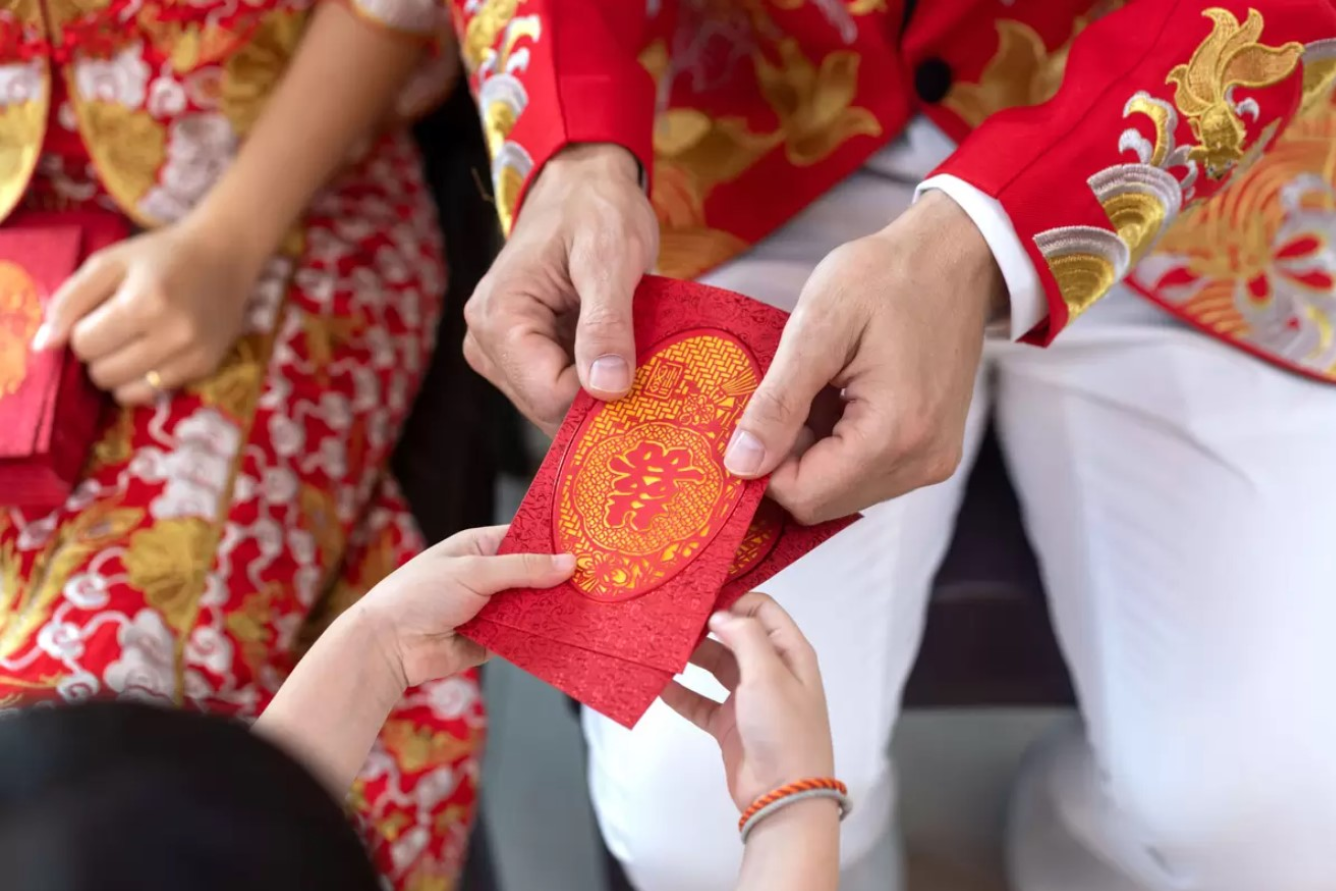
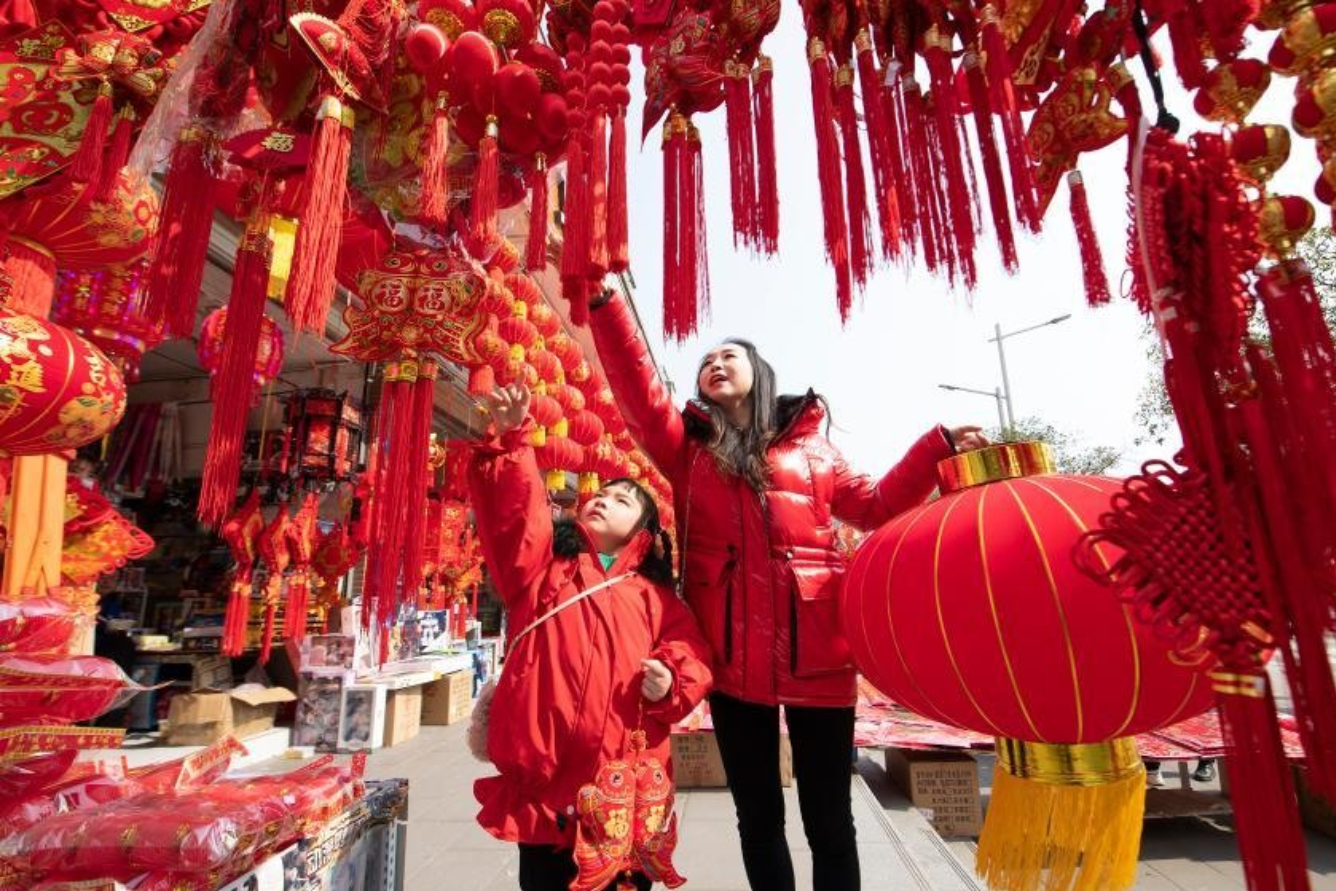
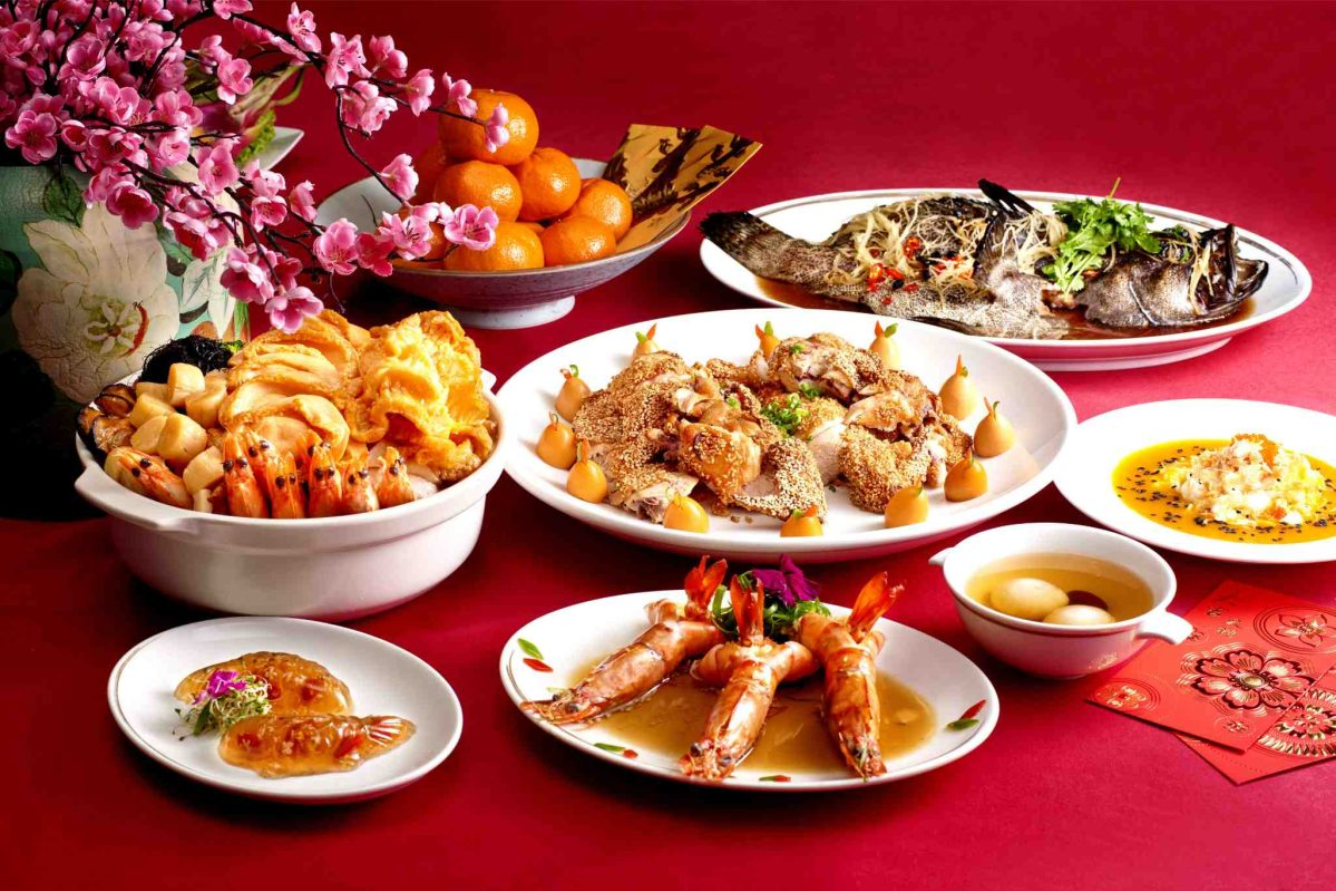
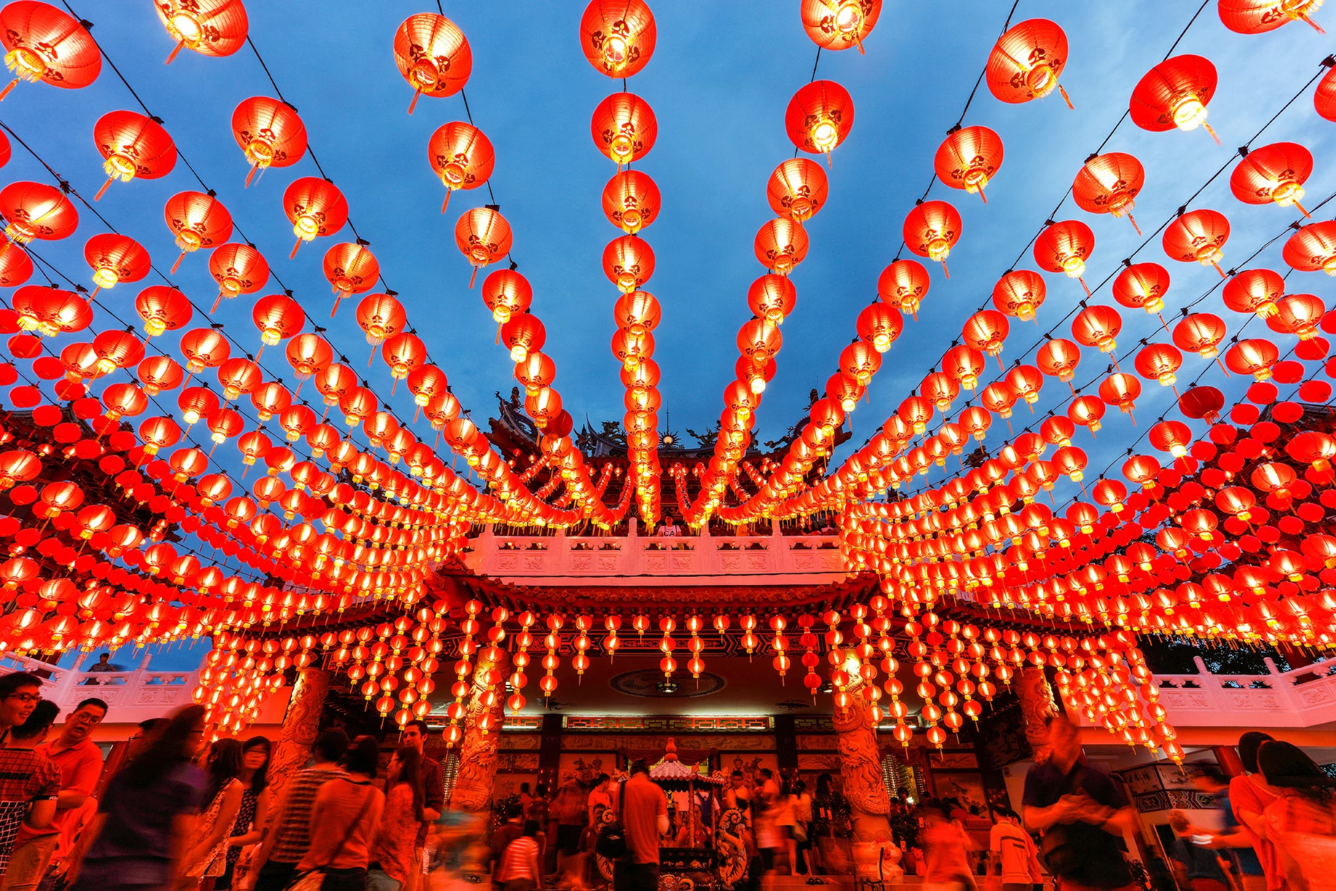

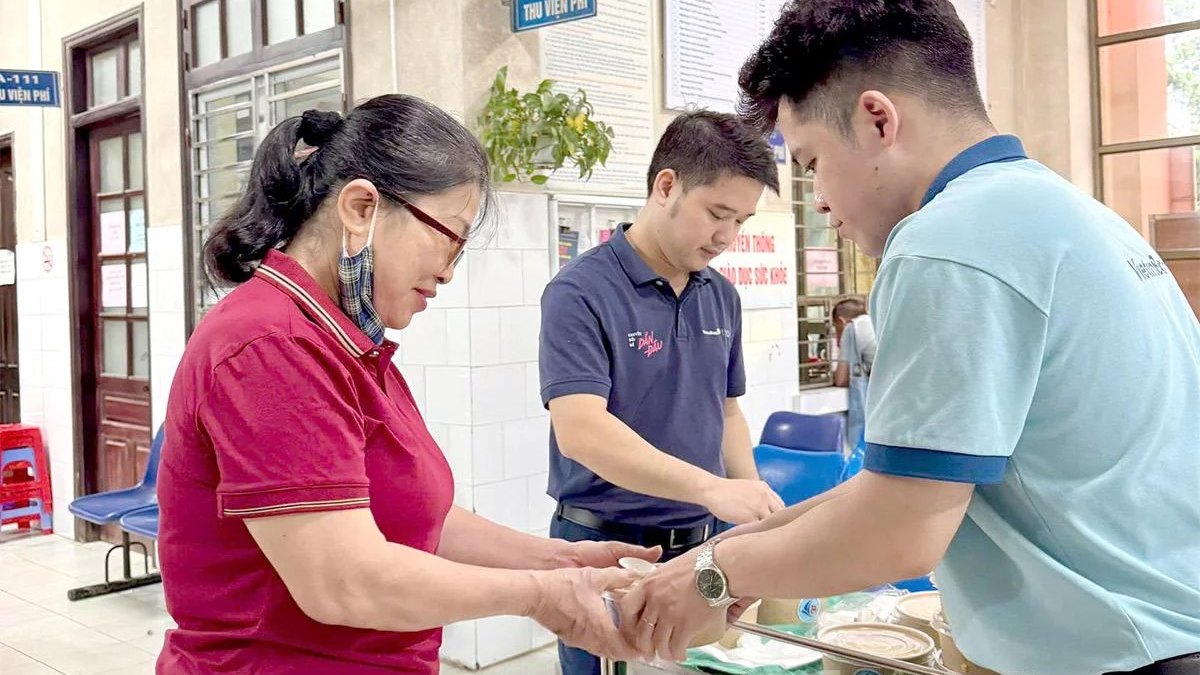

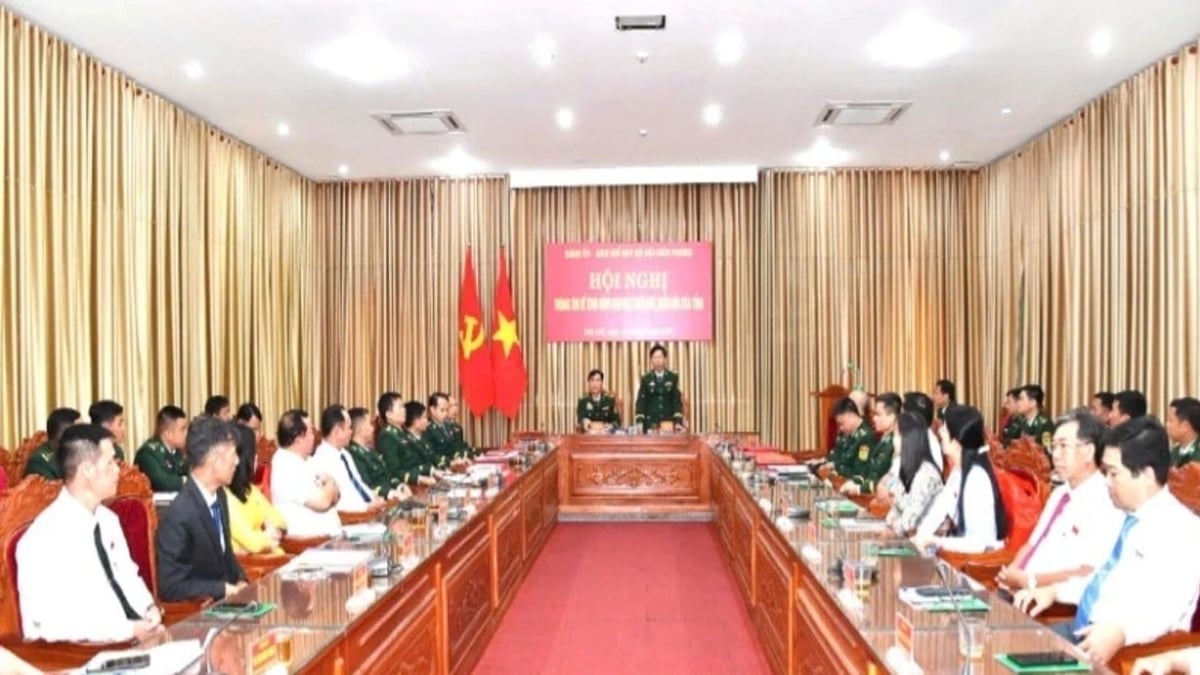
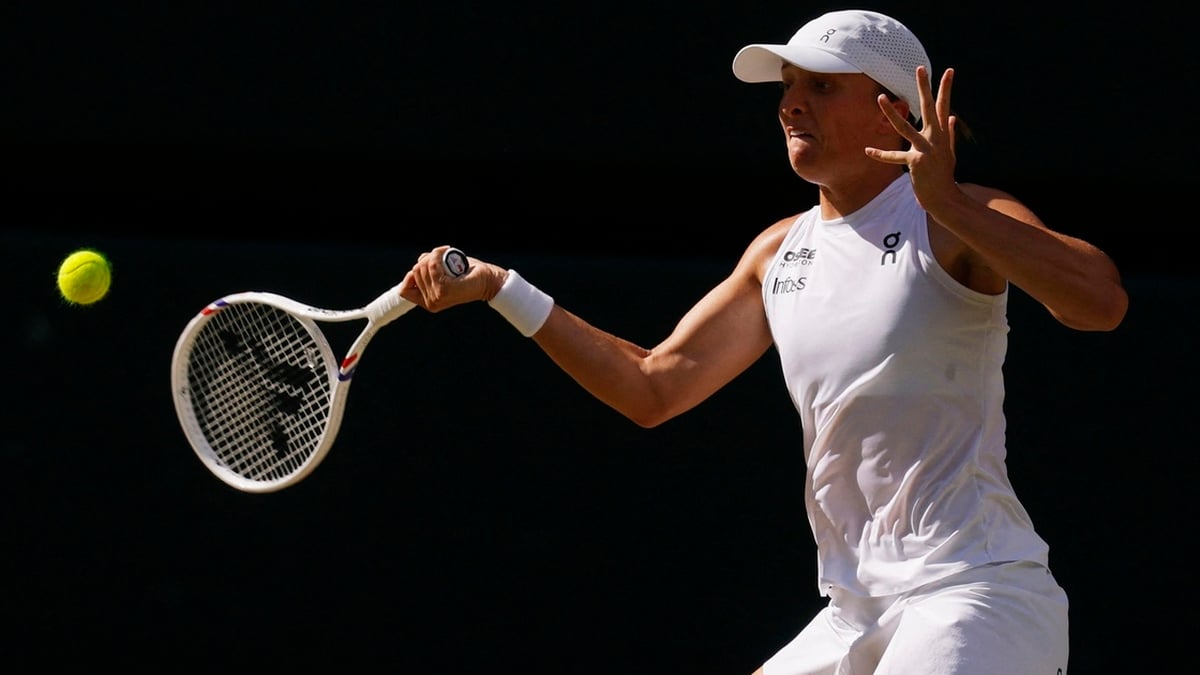
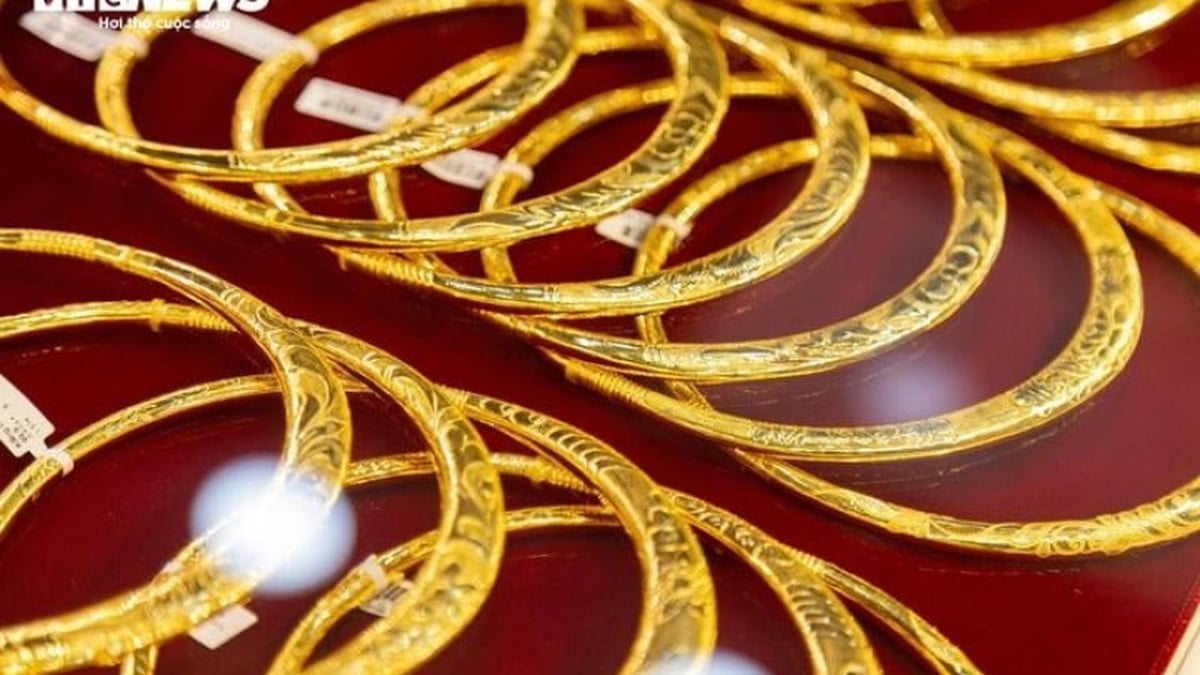

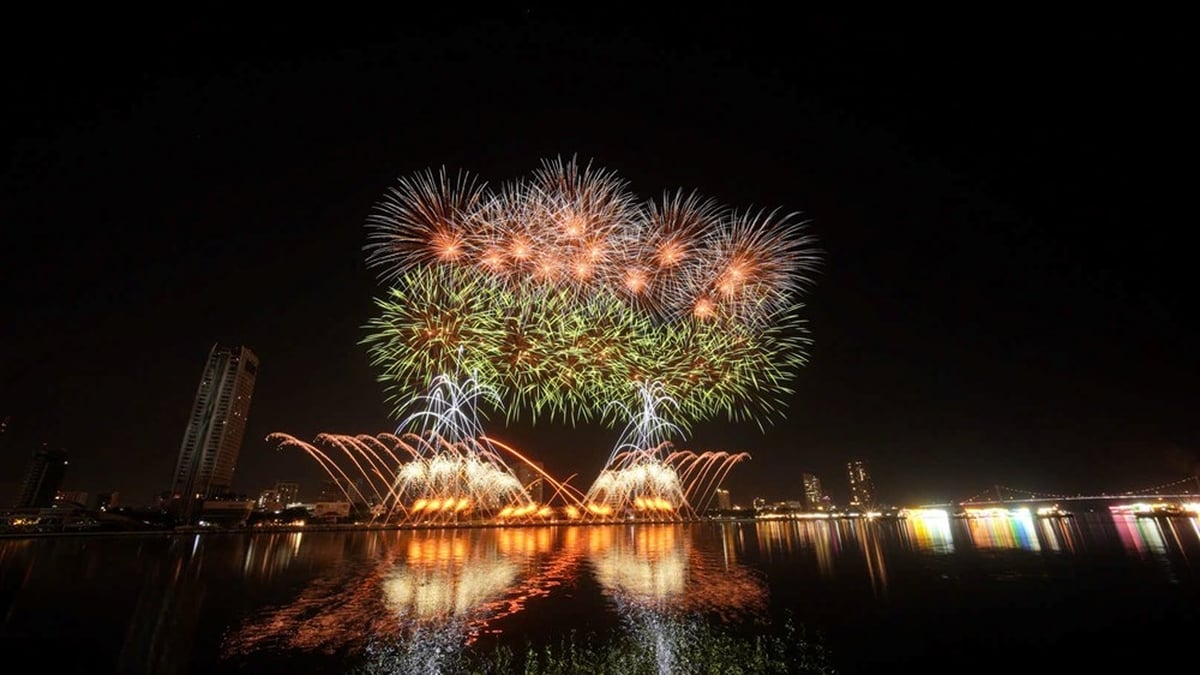
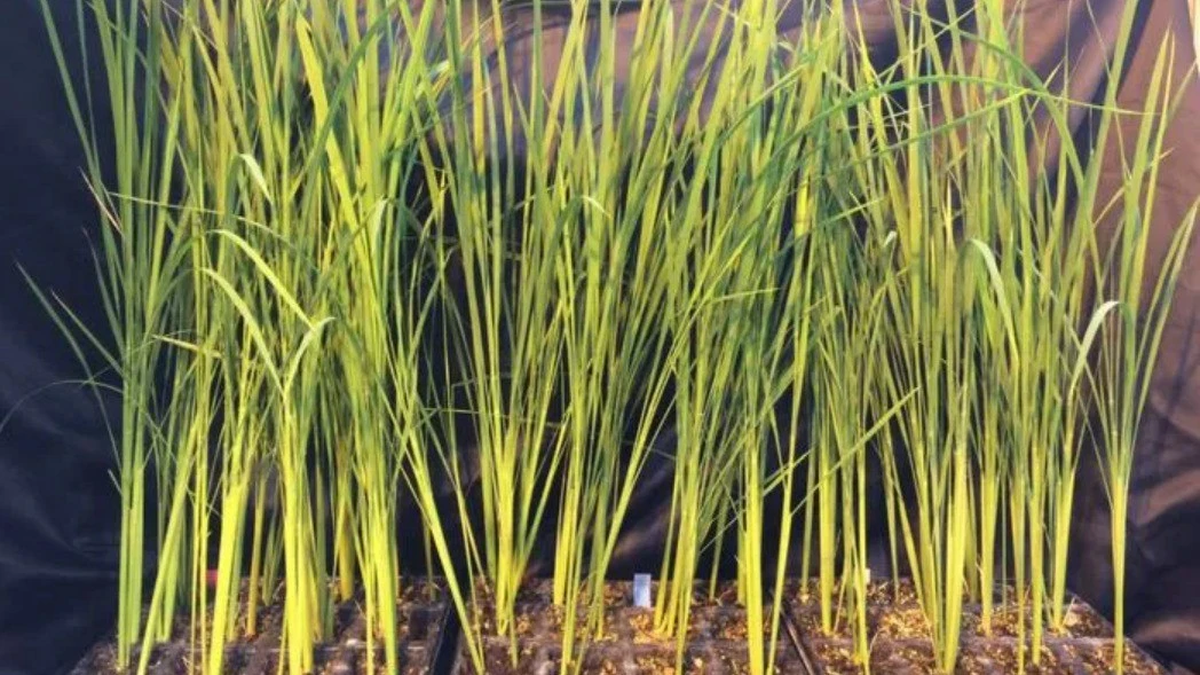

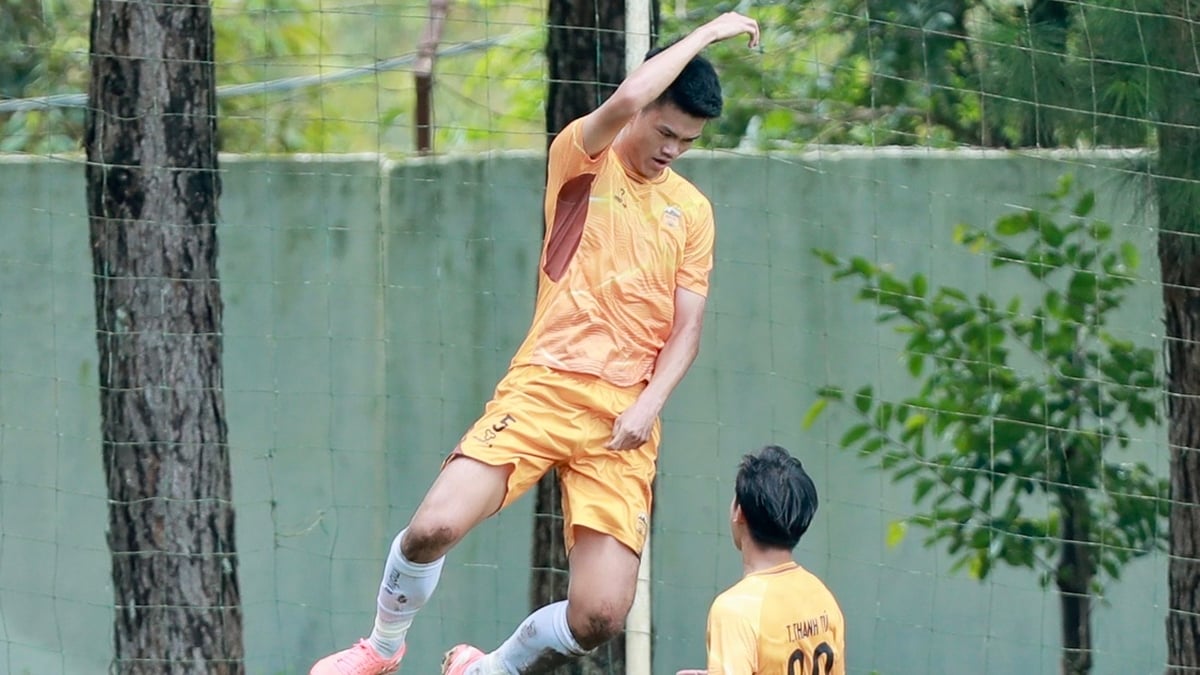


























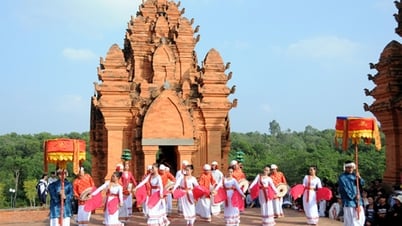

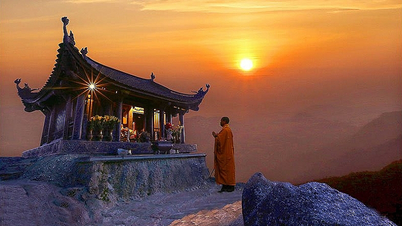

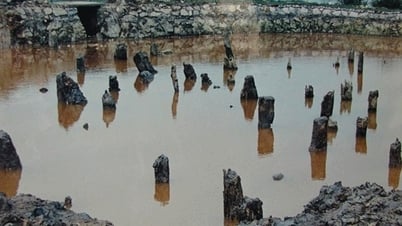

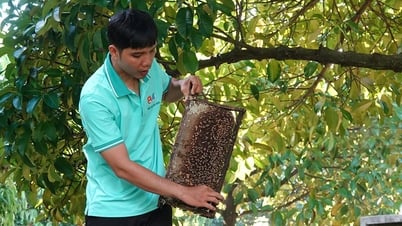



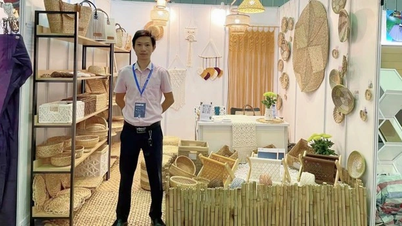
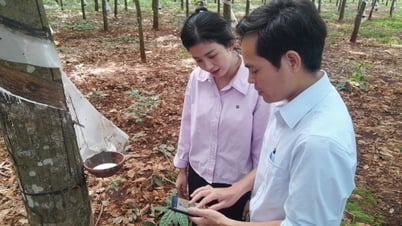

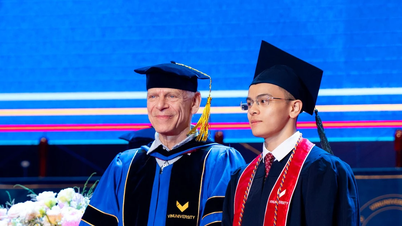

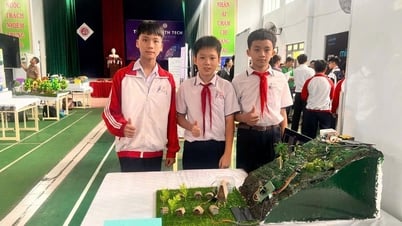







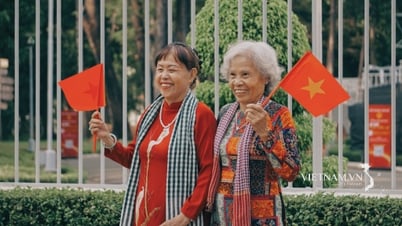

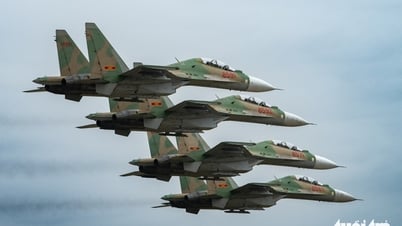

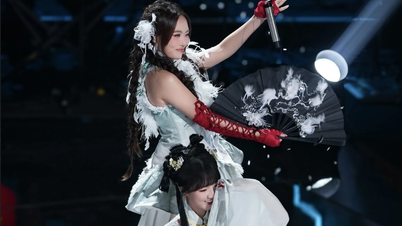









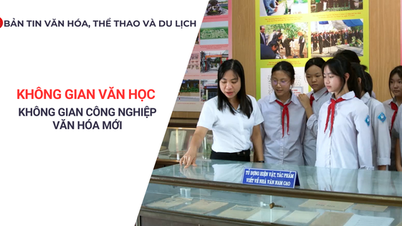
























Comment (0)